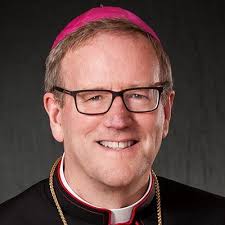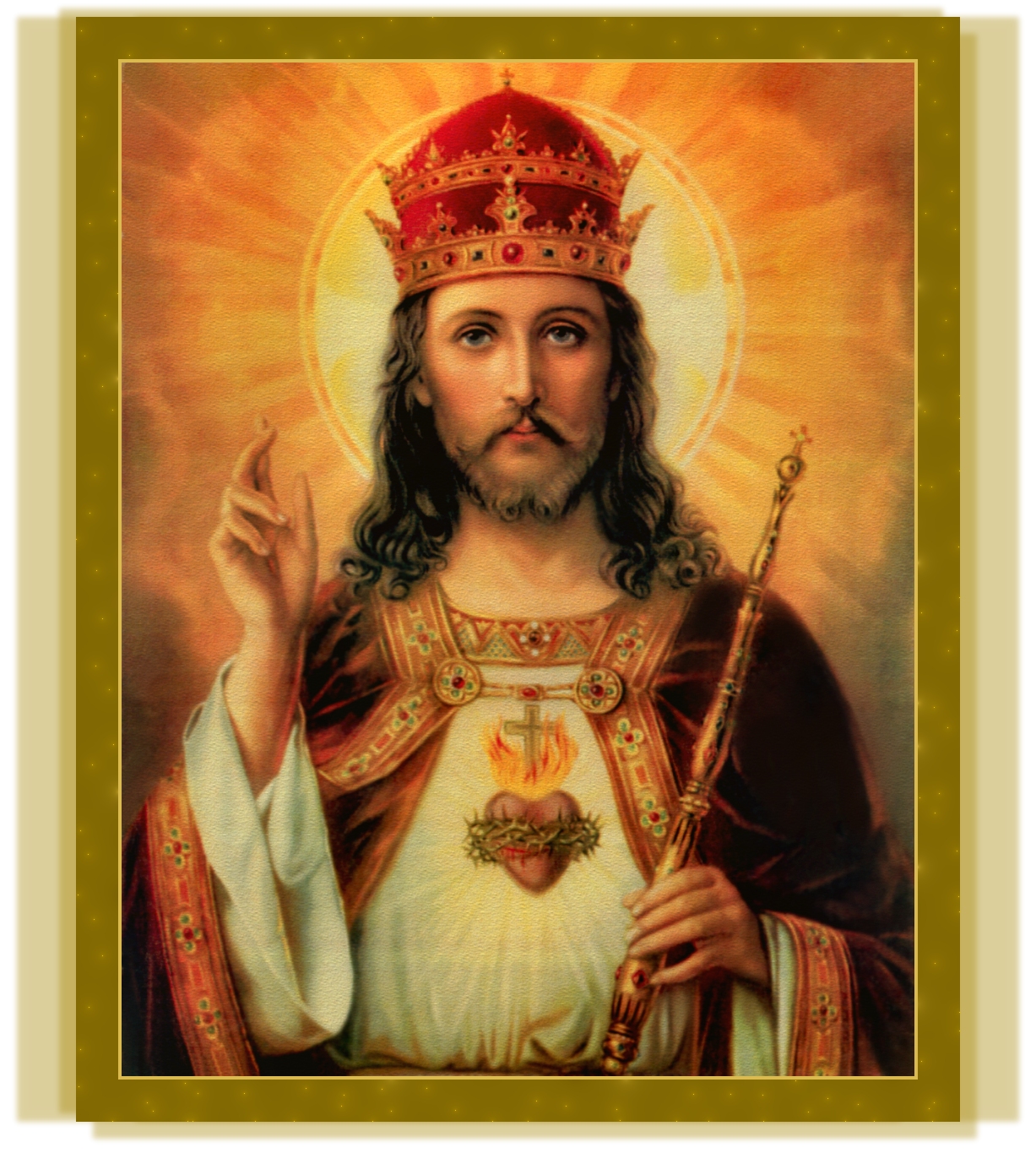
-by Most Rev. Robert Barron, Auxiliary Bishop of Los Angeles
6/1/12
“Last week, two prominent Catholic women—Kathleen Sebelius in an address to the graduates of Georgetown University’s public policy school, and Maureen Dowd in a column published in the New York Times—delivered strong statements about the Church’s role in civil society. Dowd’s column was more or less a screed, while Sebelius’s address was relatively measured in tone. Yet both were marked by some pretty fundamental misunderstandings, which have, sadly, become widespread.
Echoing an army of commentators from the last fifty years, Dowd exults in James Joyce’s characterization of the Catholic Church (drawn, it appears, from the pages of Finnegans Wake) as “here comes everybody.” The word “catholic” itself, she explains, means “all-embracing” and “inclusive,” hence it is desperately sad that the Church, which is meant to be broad-minded and welcoming, has become so constricting.
Whether it is disciplining liberal nuns or harassing pro-choice Catholic commencement speakers, the Church has abandoned the better angels of its nature and become intolerant. She concludes, “Absolute intolerance is always a sign of uncertainty and panic. Why do you have to hunt down everyone unless you’re weak? But what is the quality of a belief that exists simply because it’s enforced?” Not only is this narrow-minded aggression un-Catholic, it’s downright unpatriotic. “This is America. We don’t hunt heresies here. We welcome them,” she writes. (Ed. Even American heresies, like…Catholicism?)
The problem here is a fundamental confusion between inclusiveness in regard to people and inclusiveness in regard to ideas. The church is indeed all-embracing in the measure that it wants to gather all people to itself. The Bernini colonnade that reaches out like welcoming arms in front of St. Peter’s Basilica in Rome is meant to carry precisely this symbolic valence. But the Church has never had such an attitude toward all ideologies and points of view. It has recognized, from the beginning, that certain doctrines are repugnant to its own essential nature, or contradictory to the revelation upon which the Church is constructed. This is precisely why, for the past two millennia, theologians, bishops, Popes and councils have consistently and strenuously battled heresies concerning central Catholic dogmas. They have understood that the adoption of these errors would fatally compromise the integrity of the Church.
Truth be told, any community must, if it is to survive, have a similar “intolerance.” The Abraham Lincoln Society would legitimately oppose the proposal that its members ignore Lincoln and concentrate on the study of Winston Churchill; the USGA would find repugnant the suggestion that Pebble Beach be turned into a collection of baseball diamonds; and the United States of America indeed aggressively excludes those committed to the eradication of fundamental American principles. The Catholic Church is not a Voltairean debating society; it is a community that stands for some very definite things, which implies, necessarily, that it sets its back against very definite things. A church that simply “welcomed” heresies would, overnight, cease to be itself.
We find another very common error in Secretary Sebelius’s address to Georgetown. Deftly side-stepping the issue that has generated such controversy—the HHS demand that Catholic institutions provide insurance for procedures that Catholic morality finds objectionable—Sebelius cited John F. Kennedy’s memorable 1960 address to Protestant ministers in Houston. Kennedy dreamed of an America “in which no religious body seeks to impose its will, either directly or indirectly, on the general populace.” Over and again, from every quarter, one hears this call echoed today. But when you really think about it, you realize that it is so much nonsense.
What is so easily forgotten is that any law, any political movement, indeed any persuasive speech involves, in one way or another, the imposition of someone’s will. In the mid-nineteenth century, William Lloyd Garrison and John Brown were certainly endeavoring to impose their wills regarding the abolition of slavery on the rest of the country. In 1862, with the publication of the Emancipation Proclamation, President Lincoln was most assuredly attempting to impose his will on many of his recalcitrant countrymen. Publicly protesting Jim Crow laws, marching through the streets of Selma and Montgomery, speaking in the cadences of Isaiah and Amos on the steps of Lincoln’s Memorial in Washington, Dr. Martin Luther King was certainly trying to impose his vision on an America that was by no means entirely ready for it. Indeed, just a year after the “I Have a Dream Speech,” King was delighted with the passage of strict civil rights legislation, which gave teeth to the proposals that he had long been making.
Now in all the examples that I’ve given, explicit legal moves were motivated by solidly religious conviction. If you doubt me in regard to Lincoln, I would recommend a careful rereading of his Second Inaugural Address. The point is this: none of it would have legitimately taken place in the America imagined by John F. Kennedy, an America in which no religious individual or institution tried to impose its will either directly or indirectly.
What many have sensed in the recent moves of the Obama administration is precisely an attempt to push religion, qua religion, out of the public conversation. Individuals, groups and institutions are continually trying, for various reasons and to varying degrees of success, to impose their wills on people. Fine. That’s how it works. What isn’t fair is to claim, arbitrarily, that religious individuals and institutions can’t join in the process.”
Long Live Christ the King!!!!! !!!Viva Cristo Rey!!!
Love,
Matthew

